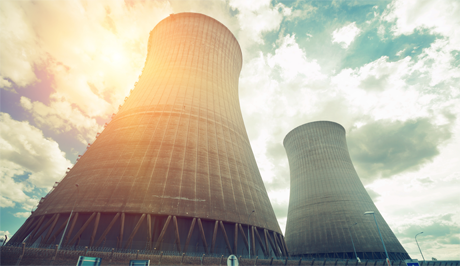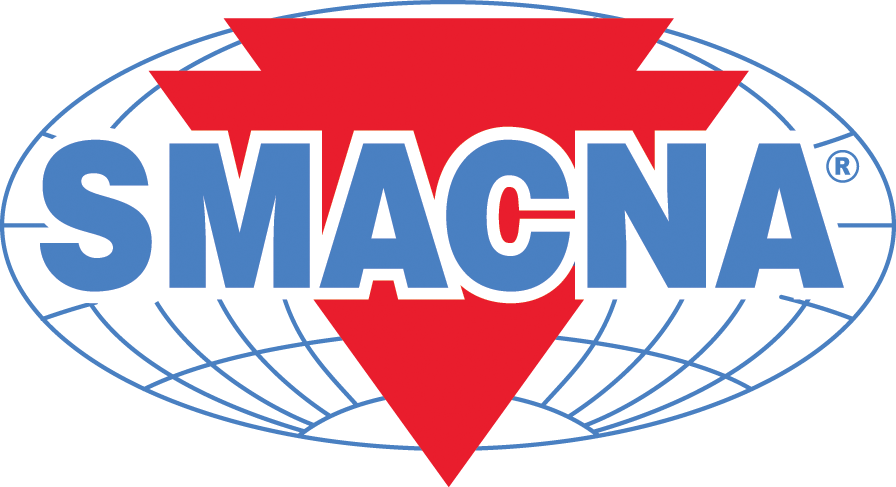Army Advances Nuclear Microreactor Program for Military Installations
The program presents both opportunities and challenges as the construction and integration of microreactors will require skilled contractors in mechanical systems, sheet metal, ductwork, HVAC, and industrial fabrication.

The U.S. Army has announced plans to deploy nuclear microreactors on selected military installations under the new Janus Program. The initiative, reported by Stars and Stripes and Defense News, aims to install compact reactors by 2028 to provide reliable, independent power to bases. These reactors are expected to generate up to 50 megawatts of electricity and operate for several years without refueling. The goal is to enhance energy resilience, reduce reliance on external grids, and support critical operations in all conditions.
The Army has emphasized that the microreactors will be commercially owned and operated, with military oversight to ensure safety and compliance. Local communities will have input in the site selection process, and installations with significant opposition may be excluded. The program reflects a broader effort by the Department of Defense to modernize energy infrastructure and secure power supply for mission-critical facilities.
The development of microreactors builds on years of research and planning. The Army and Department of Defense previously explored Project Pele, a program to develop mobile or transportable reactors capable of powering forward-operating bases. Project Pele demonstrated technical feasibility but also highlighted significant challenges. Critics noted cost, safety, and strategic risks. A 2021 report described some mobile reactor proposals as disturbing, citing concerns over reactor vulnerability, potential cost overruns, and long-term waste management or security issues. These assessments underscored the complexity of developing mobile nuclear systems and informed the design of subsequent programs, emphasizing fixed, commercially operated reactors with enhanced oversight.
The current Janus Program represents a shift from experimental and mobile systems toward operational installations within the United States. The reactors are designed to provide reliable power while meeting rigorous regulatory and safety standards. The program integrates lessons learned from earlier research, including design optimization, site preparation, and the development of oversight and operational protocols to mitigate risks.
For SMACNA members, the program presents both opportunities and challenges. The construction and integration of microreactors will require skilled contractors in mechanical systems, sheet metal, ductwork, HVAC, and industrial fabrication. Projects will demand strict adherence to nuclear-grade construction codes, quality assurance, and safety protocols. Contractors may also need to adapt to modular construction methods, controlled environments, and specialized maintenance requirements. These projects offer an opportunity to apply existing expertise in complex, high-stakes infrastructure projects.
Workforce development and technical training will be critical to success. SMACNA members who develop expertise in radiation-aware design, precision fabrication, and high-integrity mechanical systems could gain early experience in a new sector of energy infrastructure. Lessons learned from military projects can inform civilian applications, such as remote industrial sites, island utilities, and grid-independent commercial facilities. Building competency in these areas may position contractors for future growth in both defense and civilian energy markets.
Significant challenges remain. Microreactor deployment requires extensive regulatory approval, integration with legacy electrical and mechanical systems, and coordination across multiple agencies. Costs are substantial, and public acceptance will influence site selection. Security and safety considerations must also be addressed, given the sensitive nature of nuclear power. Despite these complexities, the Army’s commitment demonstrates a strategic shift toward resilient, low-carbon energy sources.
The Janus Program marks a notable milestone in military energy innovation. While progress has been gradual over decades, the current initiative establishes a concrete timeline for implementation. It creates potential opportunities for contractors with expertise in mechanical, sheet metal, and HVAC systems. SMACNA members who engage early, develop cross-disciplinary skills, and familiarize themselves with regulatory and safety requirements will be well-positioned to contribute to this evolving sector of infrastructure development.
Oct 15, 2025 — Member Update
Latest Articles
Dec 17, 2025 - Director of Operations at Ernest D. Menold, Inc., discusses how to integrate software solutions into the shop floor and what SMACNA members need to be mindful of when selecting a suite that suits their needs.
Dec 17, 2025 - Project Manager with Western Sheet Metal talks about embracing new technology and emerging best practices within a sheet metal shop and how to successfully leverage data in the shop.
Dec 17, 2025 - For the fourth consecutive year, SMACNA’s Executive Director of Government and Political Affairs recognized by The Hill newspaper.

